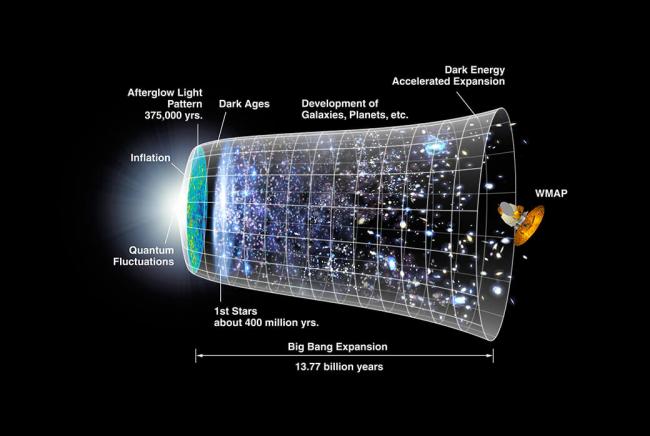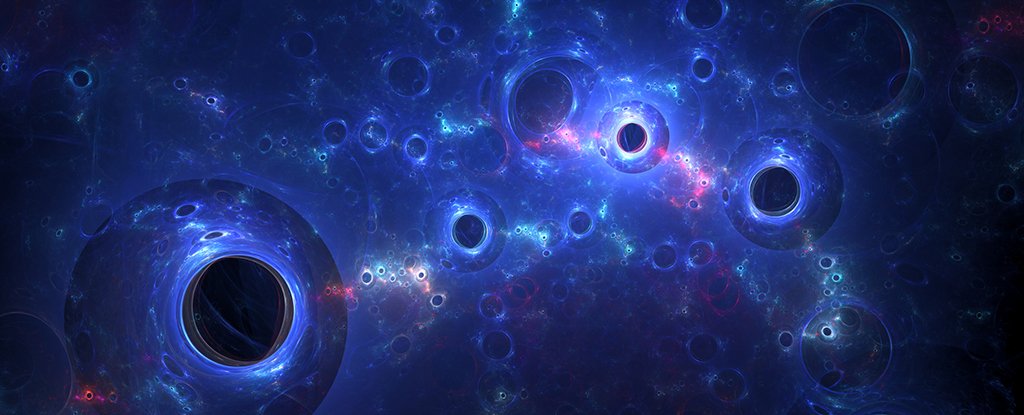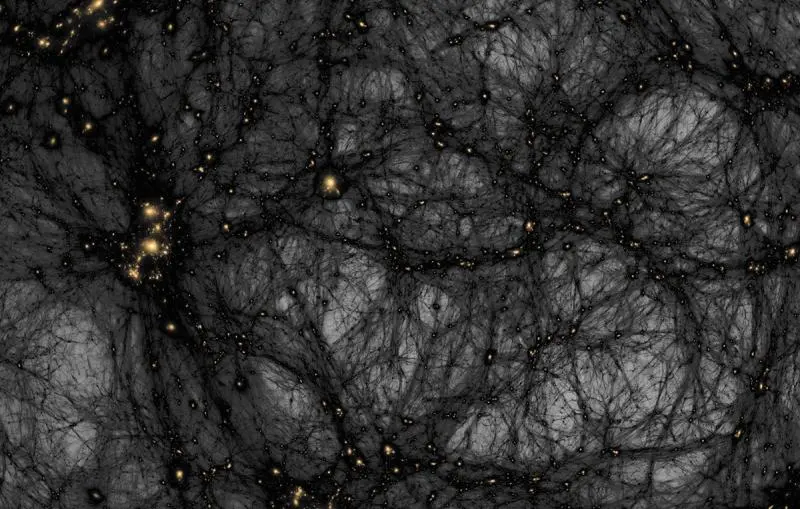Dark Matter and Dark Energy – The Dark Universe 2025
Table of Contents
Introduction: Illuminating the Invisible Cosmos
Our universe is a vast expanse filled with wonders beyond imagination. Yet, intriguingly, everything we can observe—stars, planets, galaxies—constitutes merely about 5% of the universe’s total content. The remaining 95% is an enigmatic realm dominated by dark matter and dark energy, collectively termed the “dark universe.” These components, though invisible, play pivotal roles in shaping the cosmos.
Composition of the Universe: A Cosmic Pie Chart
- Ordinary (Baryonic) Matter: ~5%
- Dark Matter: ~27%
- Dark Energy: ~68%
This distribution underscores the profound influence of unseen forces on the universe’s structure and destiny.

Dark Matter: The Cosmic Scaffold
What Is Dark Matter?
Dark matter is a form of matter that does not emit, absorb, or reflect light, rendering it invisible to current instruments. However, its gravitational effects are evident in the behavior of galaxies and galaxy clusters.
Evidence for Dark Matter
- Galaxy Rotation Curves: Stars at the outskirts of galaxies rotate faster than can be accounted for by visible matter alone.
- Gravitational Lensing: Light from distant galaxies is bent more than expected, indicating additional unseen mass.
- Cosmic Microwave Background (CMB): Fluctuations in the CMB support the presence of dark matter.
Theoretical Candidates
- WIMPs (Weakly Interacting Massive Particles): Hypothetical particles that interact via gravity and possibly the weak nuclear force.
- Axions: Light particles proposed to resolve issues in quantum chromodynamics.
- Sterile Neutrinos: A type of neutrino that does not interact via the weak force.
Detection Efforts
- Direct Detection: Underground laboratories aim to observe dark matter particles interacting with normal matter.
- Indirect Detection: Observing potential byproducts of dark matter annihilations or decays.
- Collider Experiments: High-energy collisions (e.g., at CERN) attempt to produce dark matter particles.

Dark Energy: The Force Accelerating the Universe
What Is Dark Energy?
Dark energy is a mysterious form of energy causing the accelerated expansion of the universe. It appears to be uniform across space and time.
Evidence for Dark Energy
- Supernova Observations: Type Ia supernovae appear dimmer than expected, indicating accelerated expansion.
- Large-Scale Structure: Patterns in galaxy distributions suggest the influence of dark energy.
Theoretical Models
- Cosmological Constant (Λ): Represents a constant energy density filling space homogeneously.
- Quintessence: A dynamic field with energy density that can vary over time and space.
Observational Projects
- Euclid Mission: ESA’s space telescope mapping billions of galaxies to study dark energy and dark matter.
- Dark Energy Survey (DES): A project using a 570-megapixel camera to map the southern sky.

Interplay Between Dark Matter and Dark Energy
Dark matter and dark energy, though distinct, collectively govern the universe’s fate. While dark matter’s gravitational pull works to slow expansion, dark energy accelerates it. This cosmic tug-of-war shapes the large-scale structure and evolution of the cosmos.
Future Prospects: Probing the Dark Universe
Upcoming Missions
- Vera C. Rubin Observatory: Aims to provide deeper insights into dark matter and dark energy through wide-field surveys.
- Nancy Grace Roman Space Telescope: Designed to investigate dark energy, exoplanets, and infrared astrophysics.
Theoretical Developments
Exploration of unified theories, such as the “dark fluid” model, which proposes a single entity exhibiting properties of both dark matter and dark energy.
Potential Discoveries
Advancements in technology and observations may lead to the direct detection of dark matter particles or a better understanding of dark energy’s nature.
Conclusion: Embracing the Cosmic Unknown
The dark universe remains one of the most profound mysteries in cosmology. As we continue to explore and understand these unseen forces, we inch closer to unraveling the fundamental nature of our universe.
Read More – NexGL










